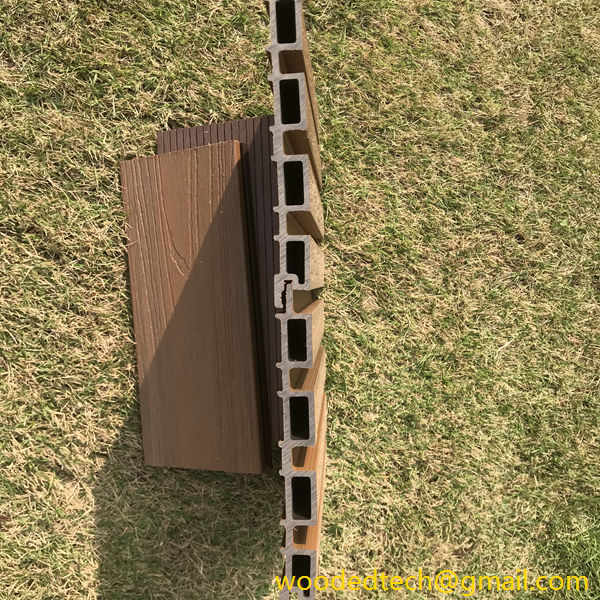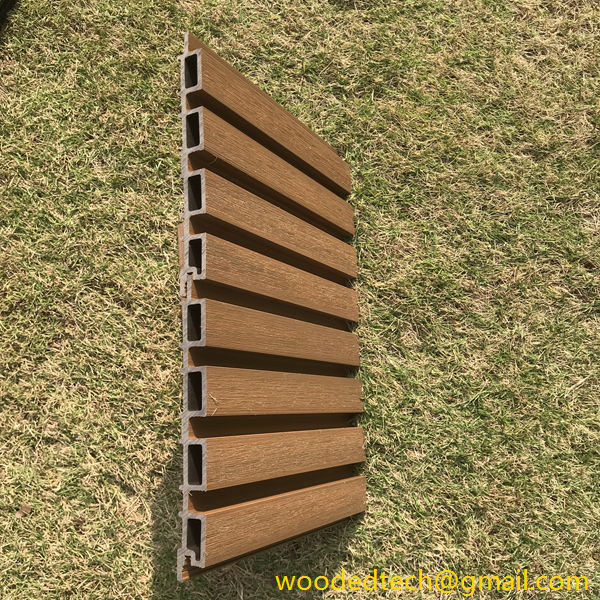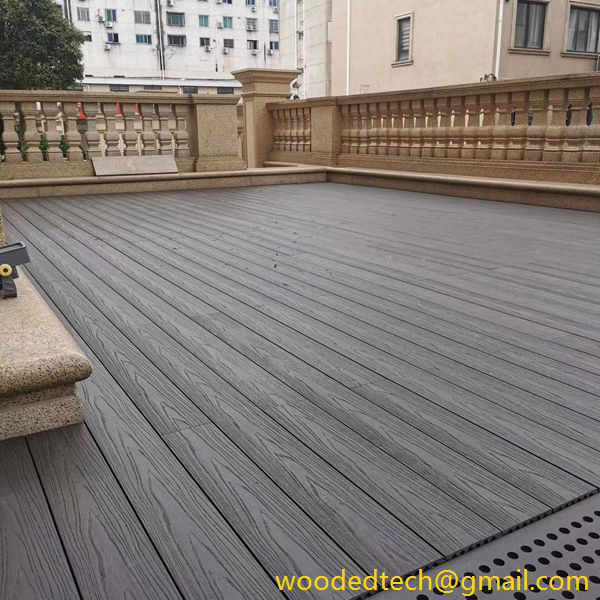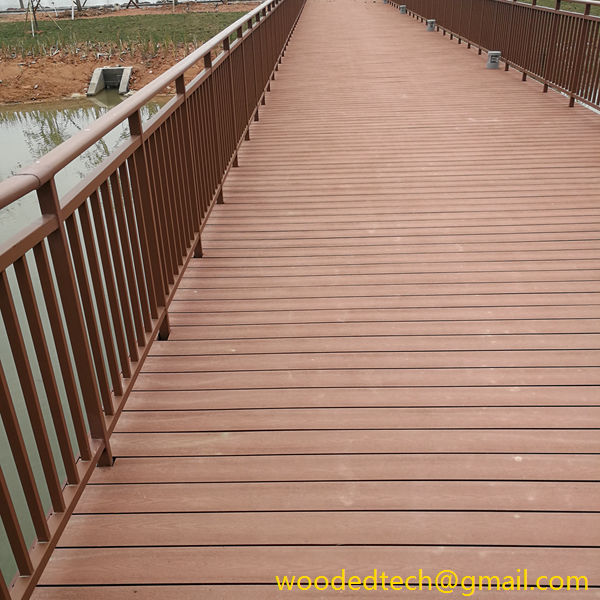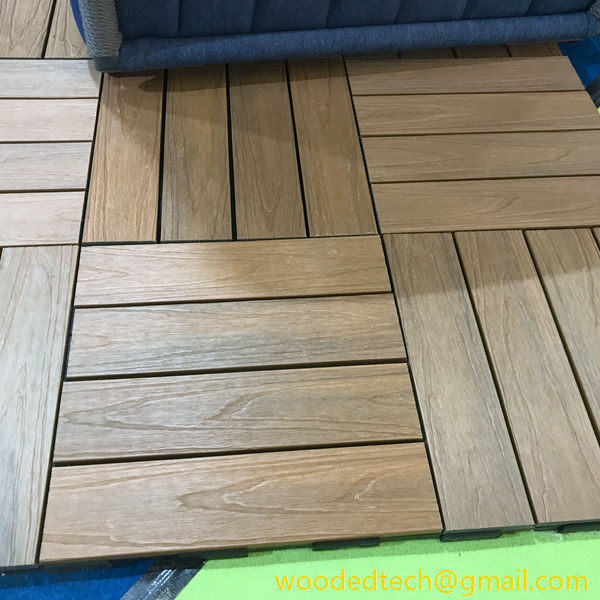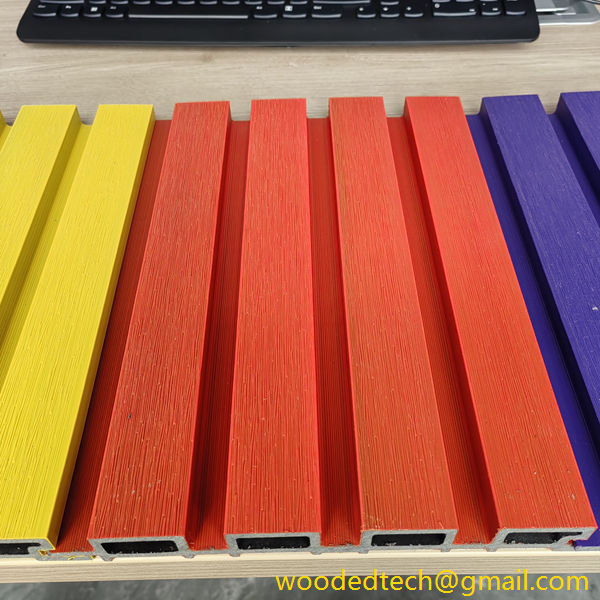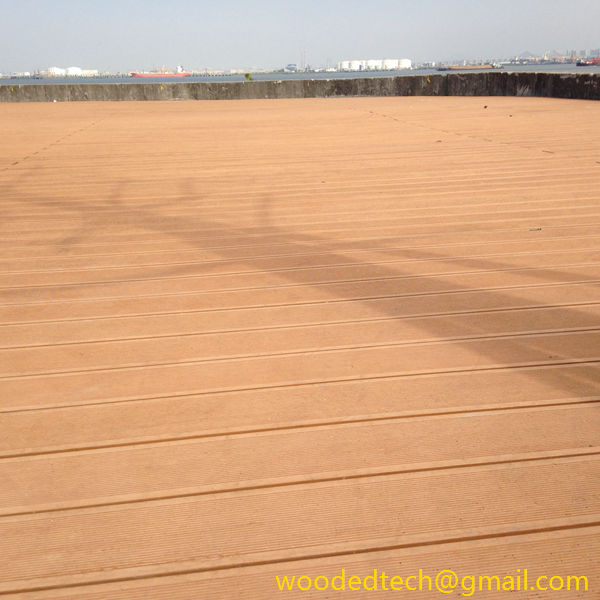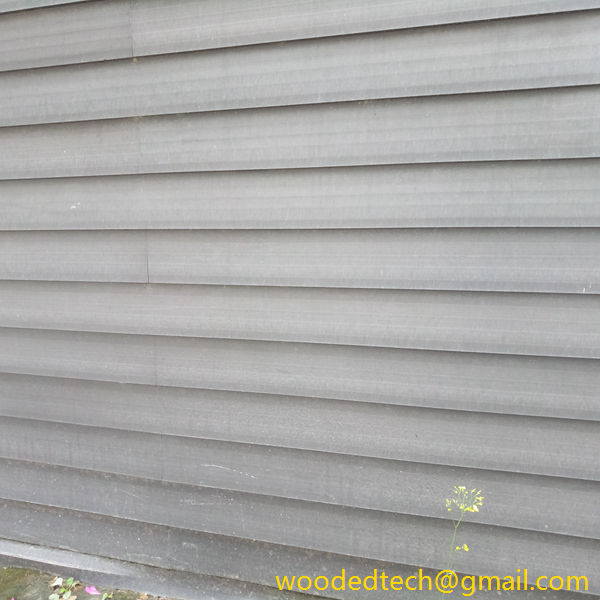What is the WPC Cladding Full Form and Its Uses
What is the WPC Cladding Full Form and Its Uses WPC cladding stands for Wood Plastic Composite cladding, which is a material made from a combination of wood fibers and plastic. This innovative composite material has gained significant traction in the construction and design industries, particularly for external cladding applications due to its unique properties…
What is the WPC Cladding Full Form and Its Uses
WPC cladding stands for Wood Plastic Composite cladding, which is a material made from a combination of wood fibers and plastic. This innovative composite material has gained significant traction in the construction and design industries, particularly for external cladding applications due to its unique properties and advantages over traditional materials.
The use of WPC cladding is a response to the growing demand for sustainable building materials. As awareness about environmental issues rises, architects and builders are increasingly seeking alternatives to conventional wood and plastic products that can contribute to deforestation and plastic pollution. WPC cladding addresses these concerns by combining recycled wood and plastic, thus reducing the environmental impact associated with the use of virgin materials.
One of the primary uses of WPC cladding is in the construction of residential and commercial buildings. Its aesthetic appeal mimics the natural look of wood, making it an attractive choice for exterior siding, facades, and decorative elements. The versatility of WPC cladding allows it to be used in various architectural styles, from modern to traditional, enhancing the overall visual appeal of the structure.
In addition to its visual benefits, WPC cladding is known for its durability and resistance to weathering. Unlike traditional wood, which can warp, crack, or decay when exposed to moisture, WPC cladding is engineered to withstand harsh environmental conditions. This makes it an ideal choice for regions with extreme weather, as it requires minimal maintenance over time. Homeowners and builders alike appreciate the long lifespan of WPC cladding, as it reduces the need for frequent repairs or replacements.
Moreover, WPC cladding is also resistant to pests, such as termites, which can be a significant concern for wooden structures. This inherent resistance adds another layer of protection, ensuring that the investment in cladding remains intact for years to come.
The production of WPC cladding involves a careful process of blending wood fibers with thermoplastics, typically polyethylene or polypropylene. This combination not only provides strength and durability but also allows for the incorporation of various additives that enhance the material’s performance. These additives can improve UV resistance, increase color retention, and even provide fire resistance. As a result, WPC cladding can be customized to meet specific project requirements, further expanding its applicability in the construction sector.
From a global production capacity perspective, the distribution of WPC cladding manufacturing facilities varies significantly across the world. Regions with abundant natural resources, such as wood and plastic, often have a higher concentration of production facilities. For instance, North America and Europe are key players in the WPC market, benefiting from their access to both raw materials and advanced manufacturing technologies.
In North America, the WPC cladding market has been driven by a growing emphasis on sustainable building practices and a strong consumer preference for eco-friendly materials. The United States has seen an increase in the establishment of WPC manufacturing plants, particularly in states with a robust forestry industry. This alignment allows manufacturers to source wood fibers locally while also tapping into a market that is becoming increasingly aware of the benefits of WPC products.
Europe, on the other hand, has a long history of environmental regulations that promote the use of sustainable materials in construction. The European Union’s commitment to reducing carbon emissions and promoting recycling has fostered a conducive environment for the growth of the WPC industry. Countries like Germany, Sweden, and Finland are leading the way in WPC production, leveraging their expertise in wood technology and sustainable practices.
Asia-Pacific is another significant region in the global WPC cladding market. Countries like China and India are rapidly expanding their manufacturing capabilities, driven by urbanization and increasing demand for modern building materials. The region’s cost-effective labor and production processes have led to a surge in WPC exports, making it a competitive player on the global stage.
In addition to traditional manufacturing hubs, emerging markets in Latin America and Africa are also beginning to explore the potential of WPC cladding. As these regions develop their construction sectors, there is an opportunity for WPC products to meet the growing demand for sustainable and durable building materials.
The distribution of WPC cladding production capacity is not only about geographical location but also about technological advancements. The industry is witnessing innovations in manufacturing processes, such as extrusion techniques and molding technologies that enhance the quality and efficiency of WPC products. As manufacturers invest in research and development, the global production capacity of WPC cladding is expected to increase, leading to more competitive pricing and wider adoption in the construction industry.
In conclusion, WPC cladding represents a significant advancement in building materials, combining the aesthetic qualities of wood with the durability of plastic. Its widespread use in various construction applications is a testament to its functionality and sustainability. The global production capacity distribution of WPC cladding highlights the ongoing shift towards eco-friendly materials in the construction sector, driven by technological advancements and changing consumer preferences. As the market for WPC cladding continues to grow, it is likely to play a crucial role in shaping the future of sustainable building practices worldwide.

